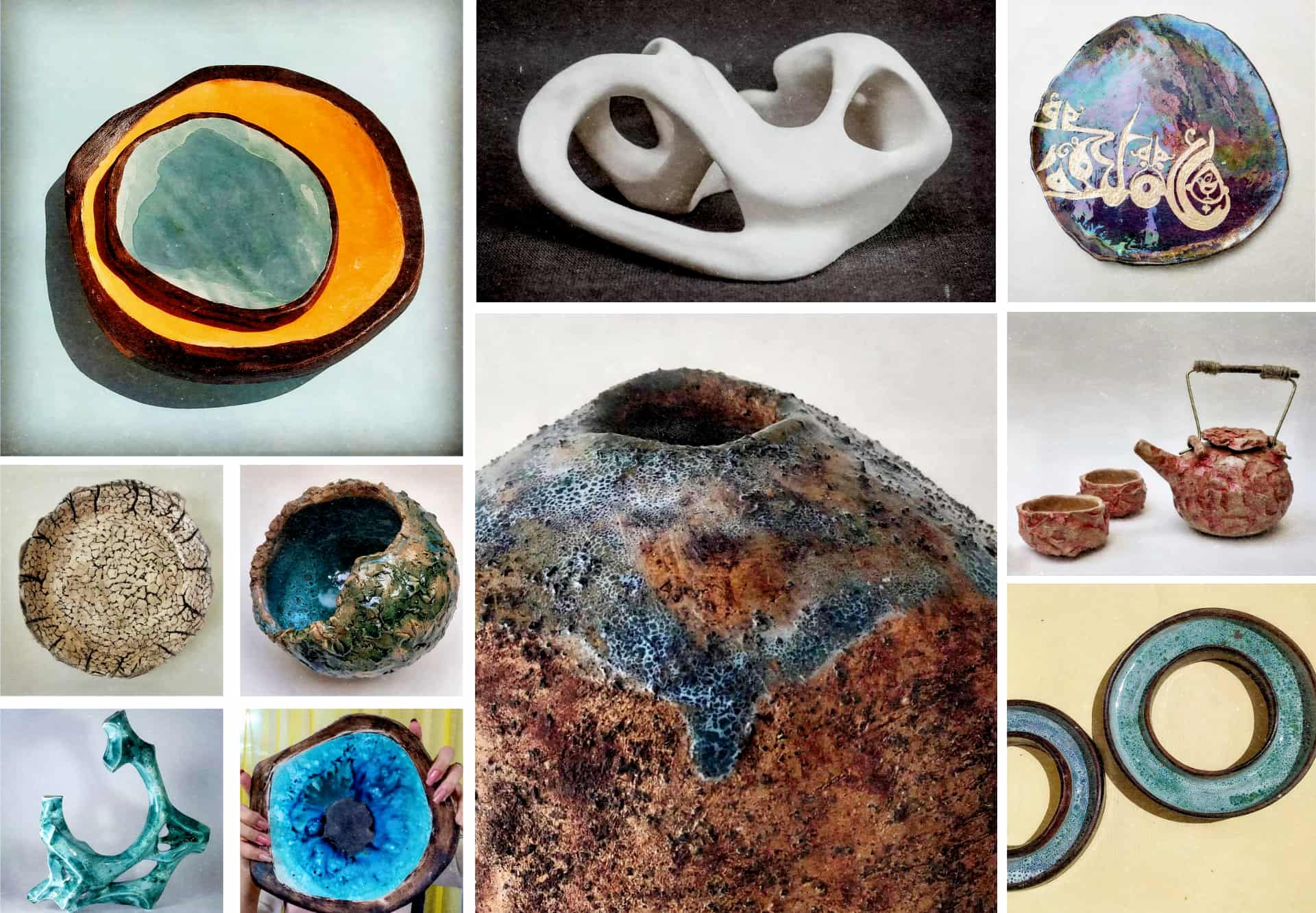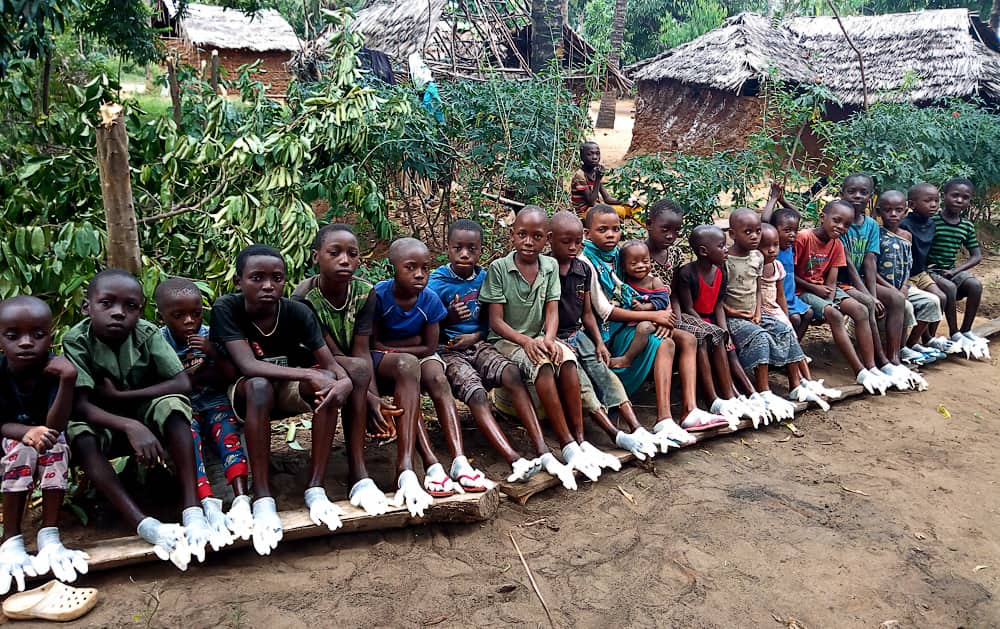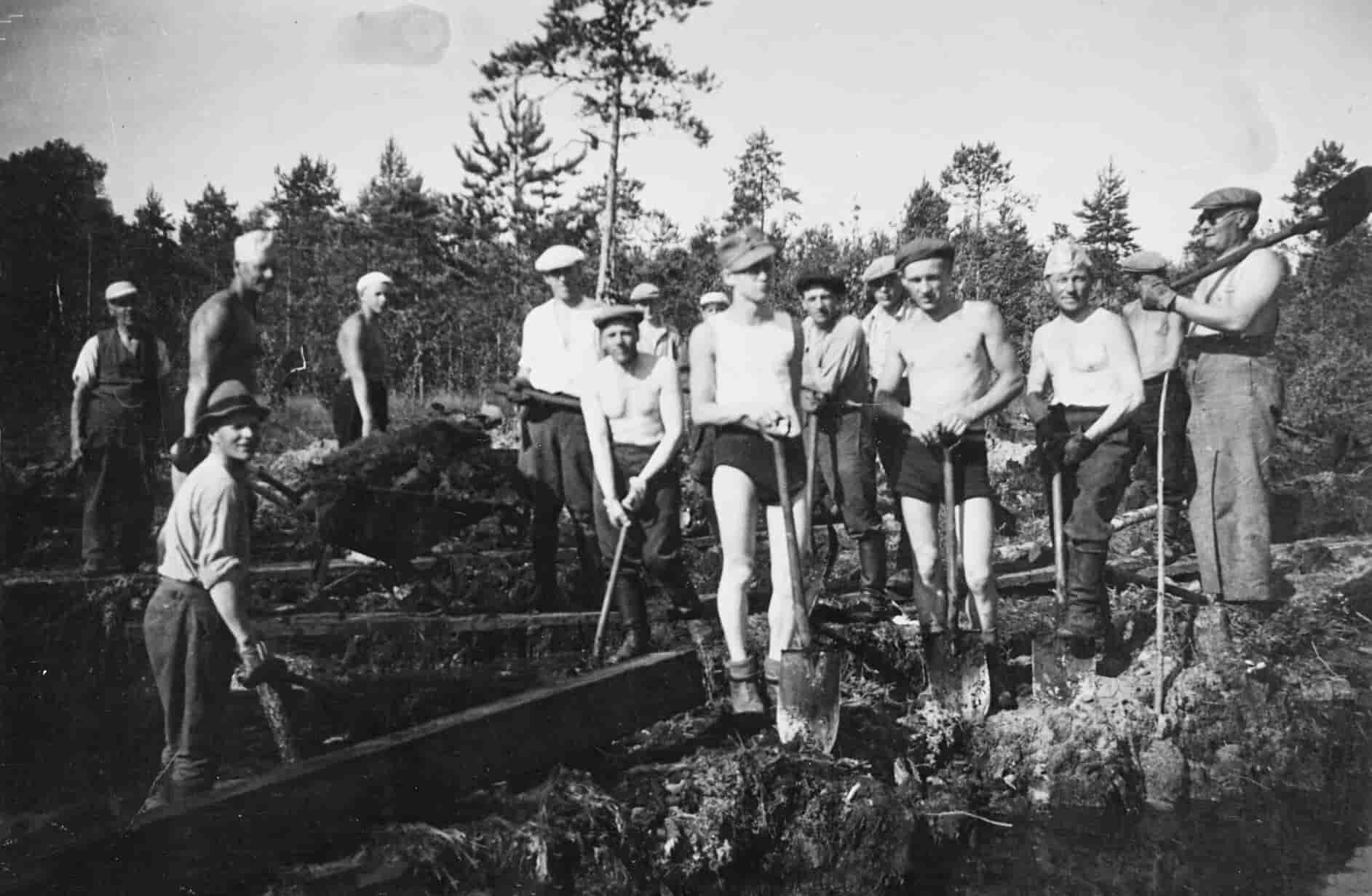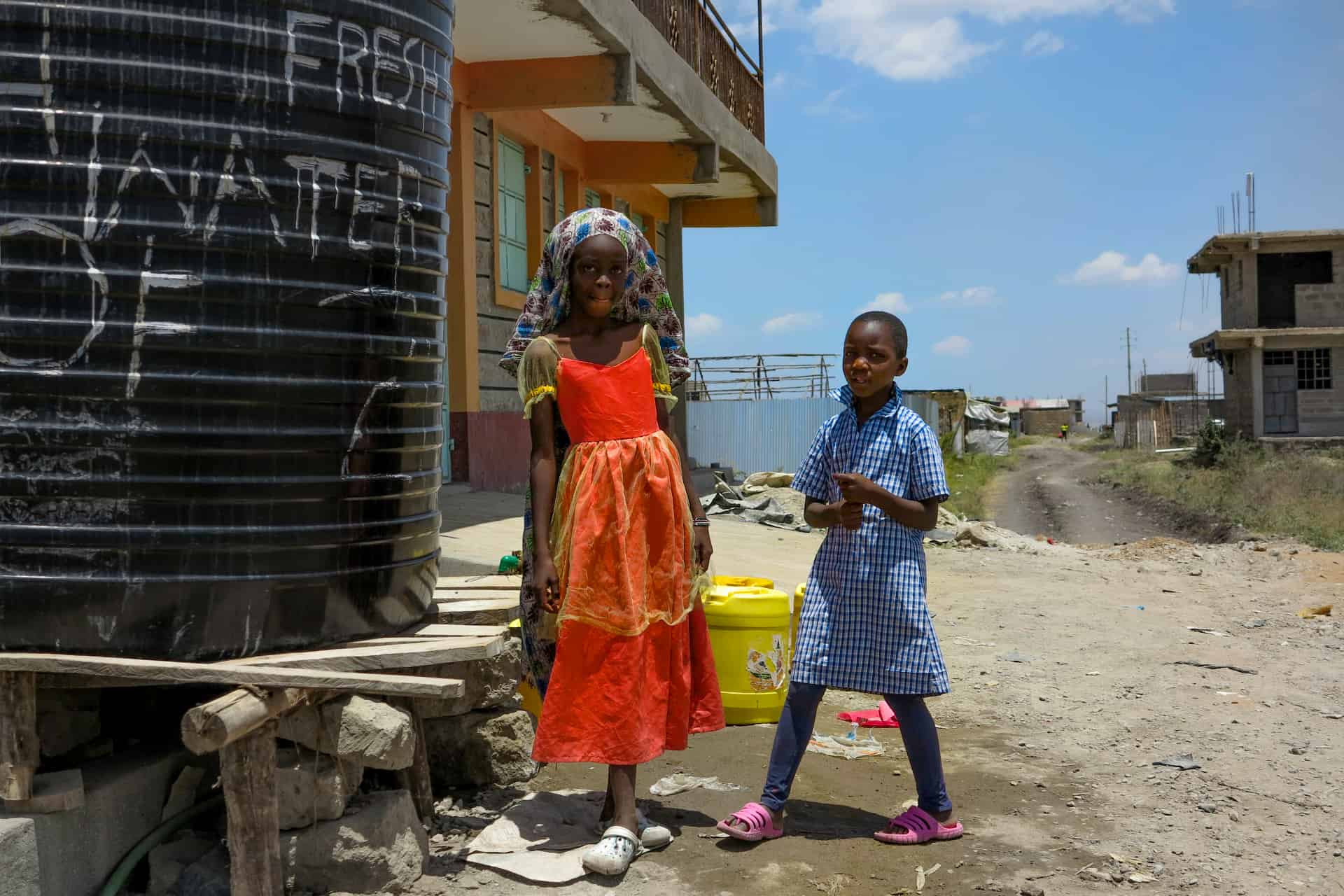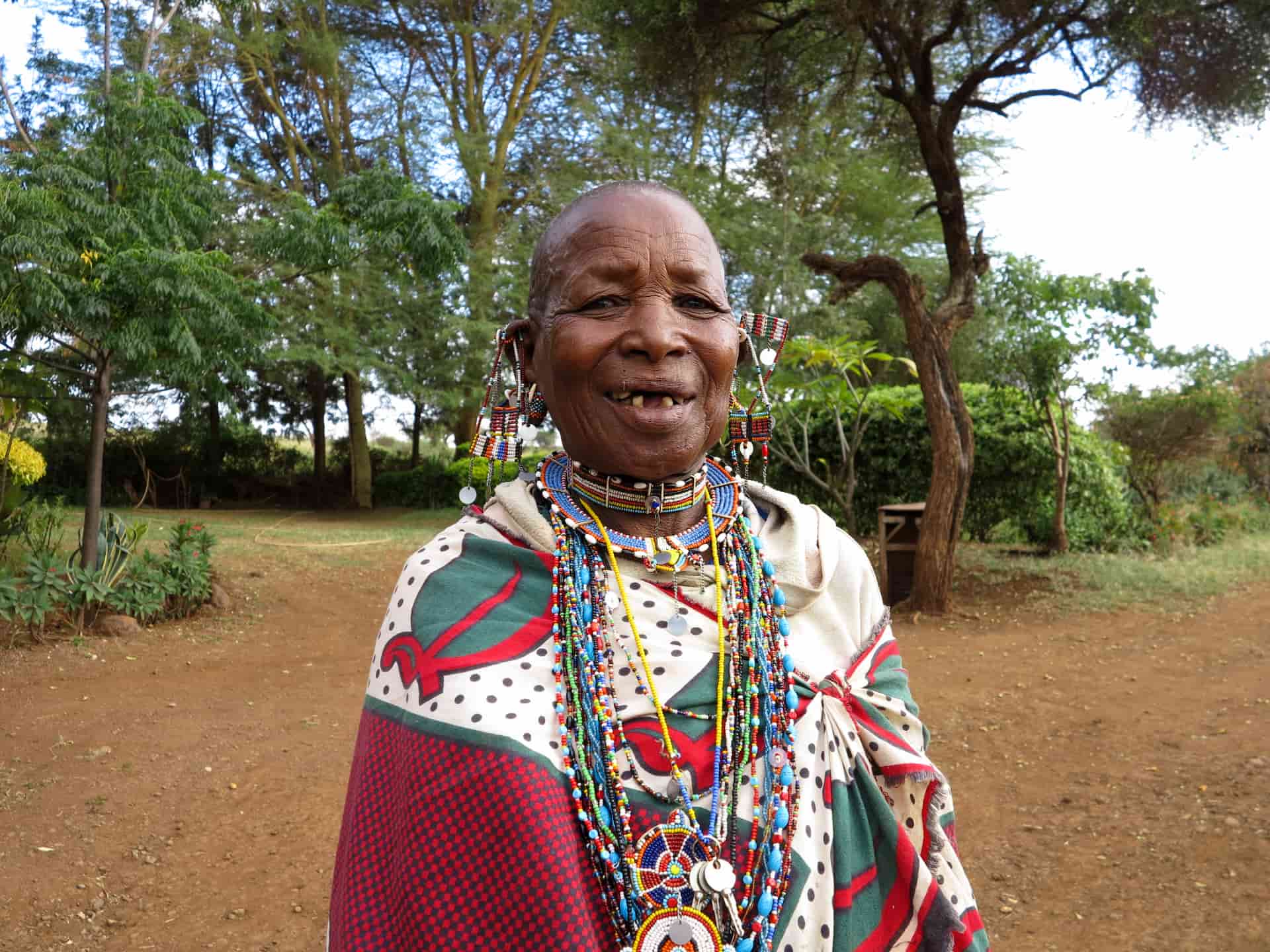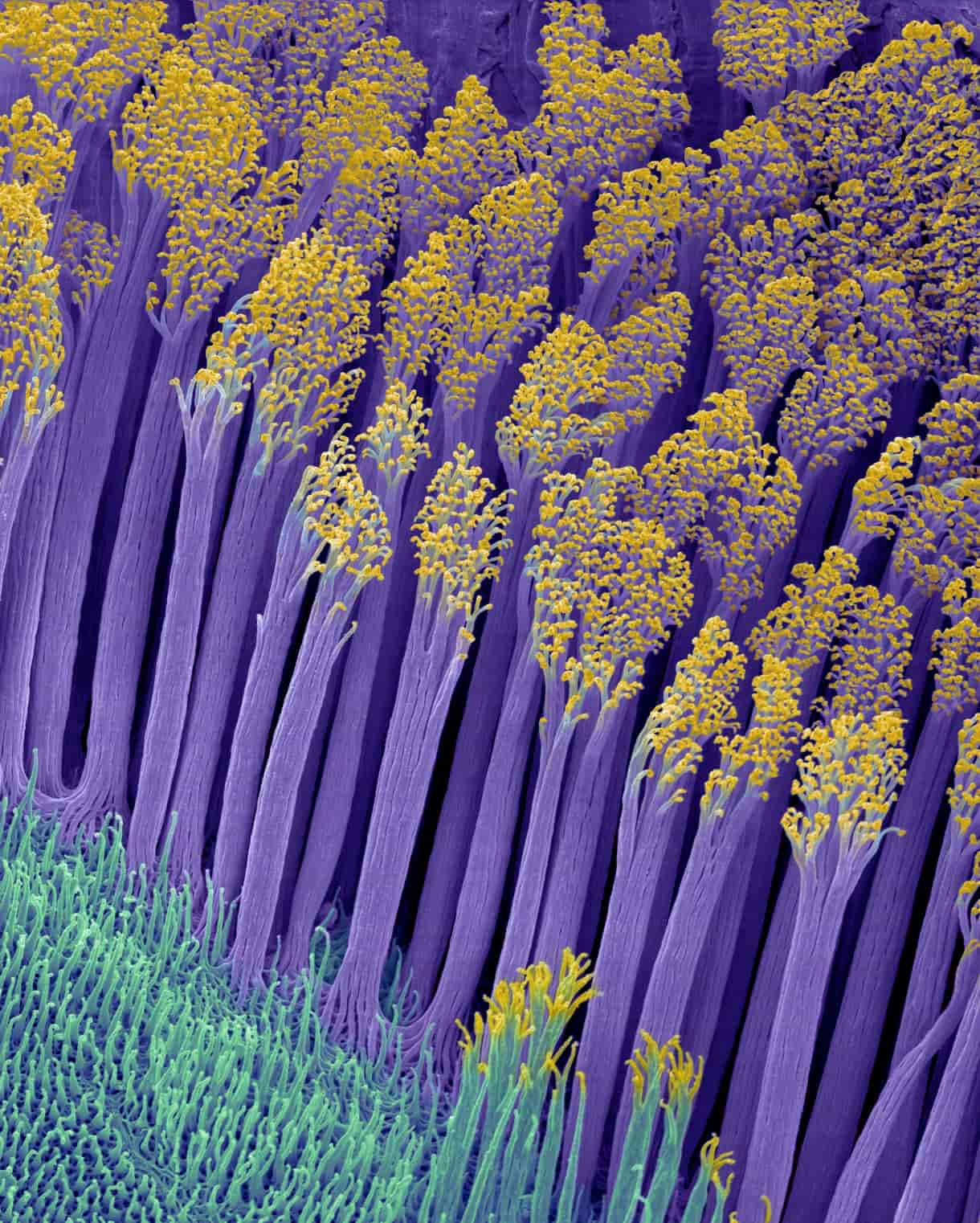1. Amami-Oshima Island, Tokunoshima Island, northern part of Okinawa Island and Iriomote Island (Japan)
The Amami-Oshima Island Biosphere Reserve is home to a number of endemic species. The site has high biodiversity value with a very high percentage of endangered species, many of them globally threatened. It is uninhabited by humans and the highest point is Mount Yuwandake. See more photos
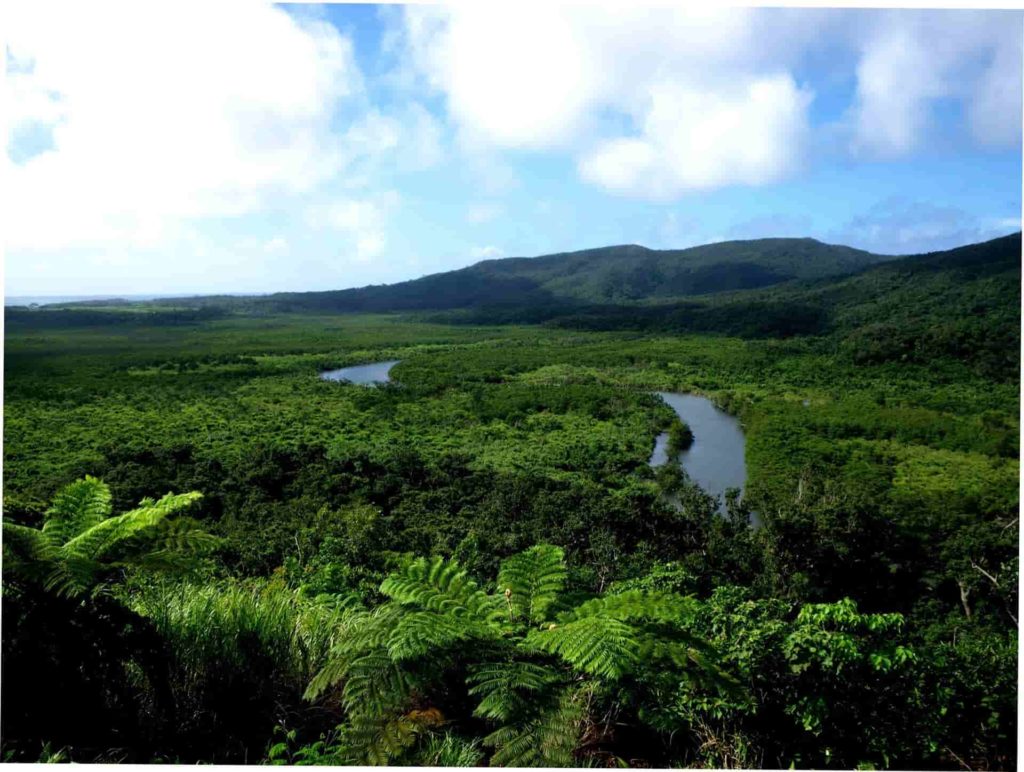
2. Getbol, Korean Tidal Flats
The world heritage website says: “[Getbol is] situated in the eastern Yellow Sea on the southwestern and southern coast of the Republic of Korea. The site exhibits a complex combination of geological, oceanographic and climatological conditions that have led to the development of coastal diverse sedimentary systems.” See more photos
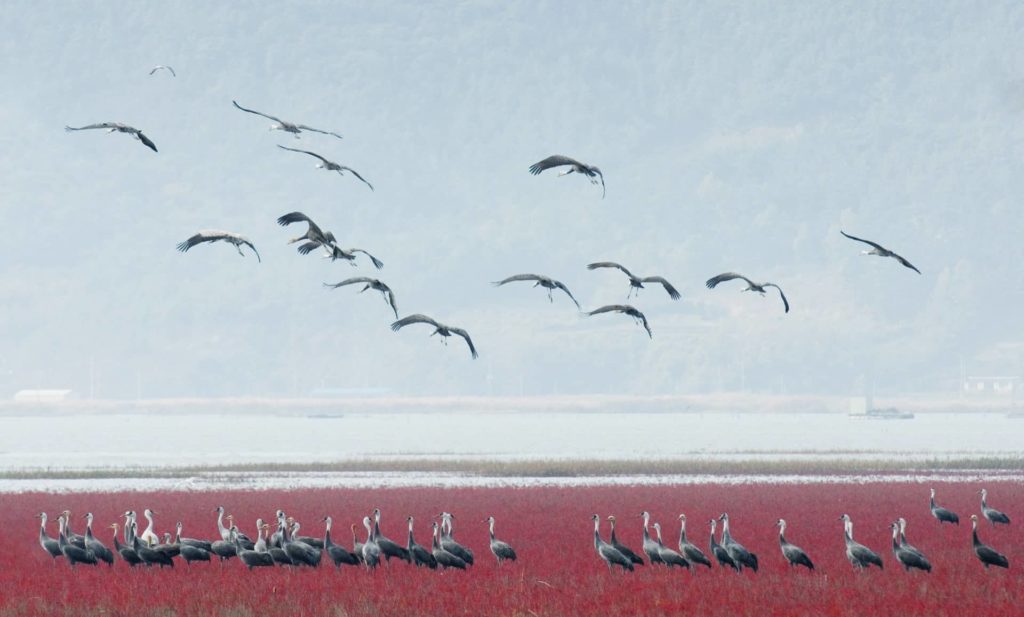
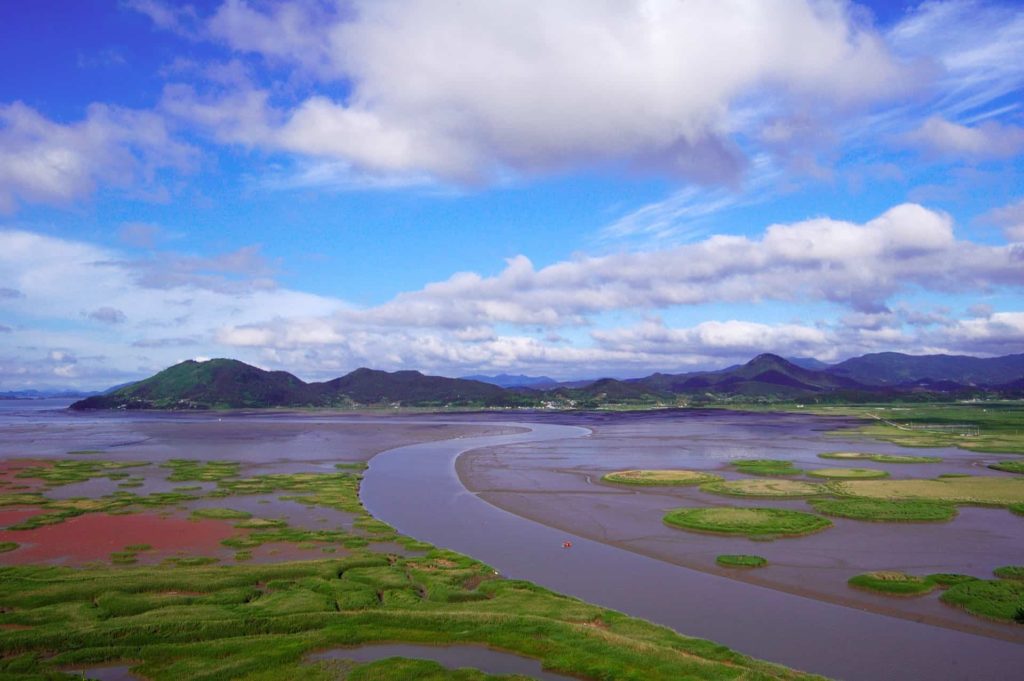
3. Kaeng Krachan Forest Complex (Thailand)
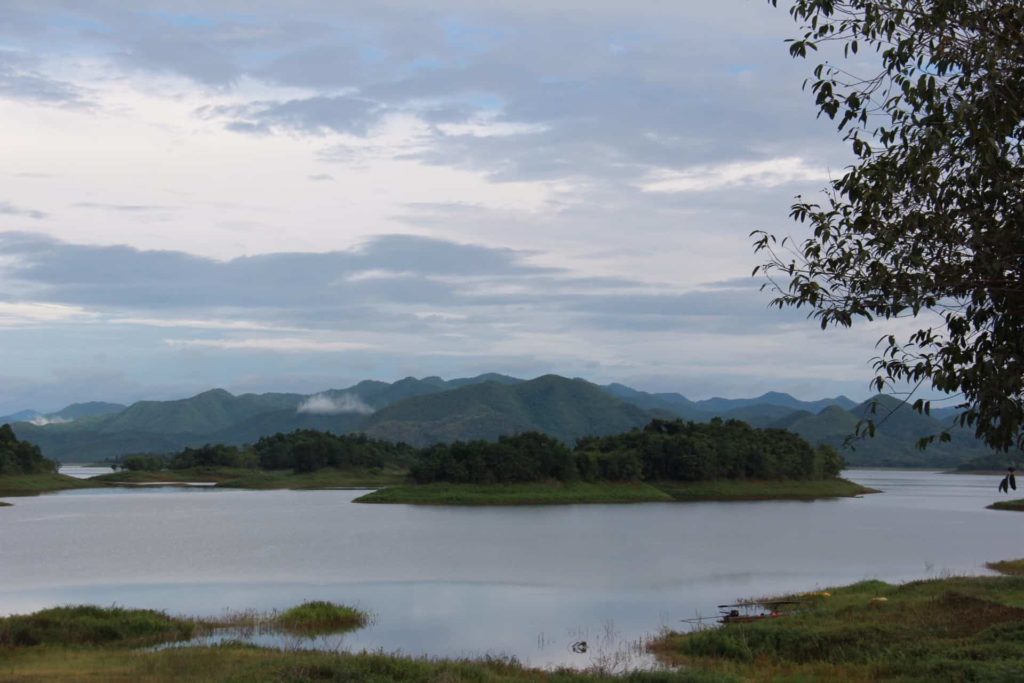
4. Colchic Rainforests and Wetlands (Georgia)
The site is home to 1,100 species of vascular and nonvascular plants, almost 500 species of vertebrates, and a high number of invertebrate species. The rainforest is also a key stopover for many globally threatened birds that migrate through the Batumi bottleneck. See more photos →
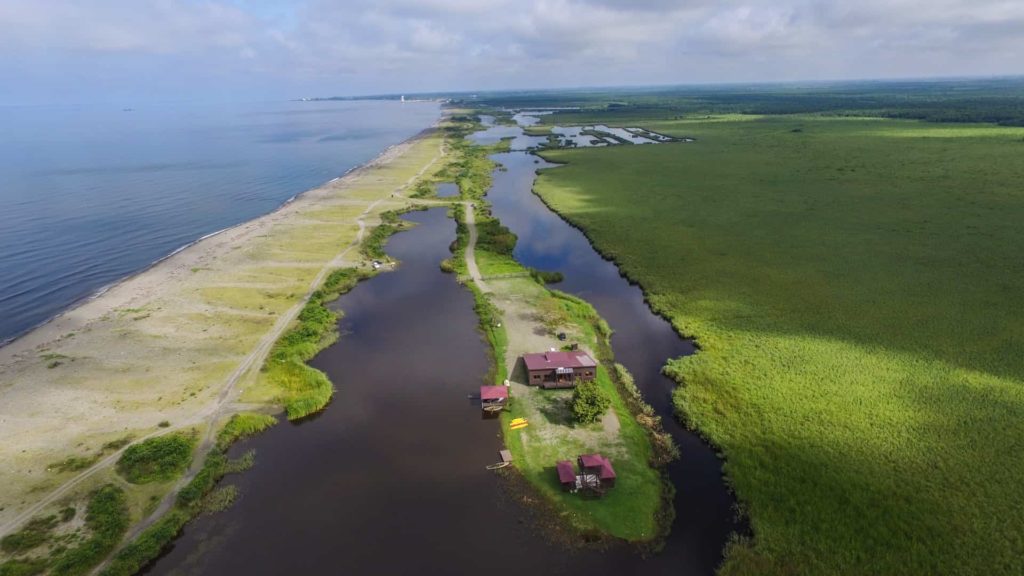
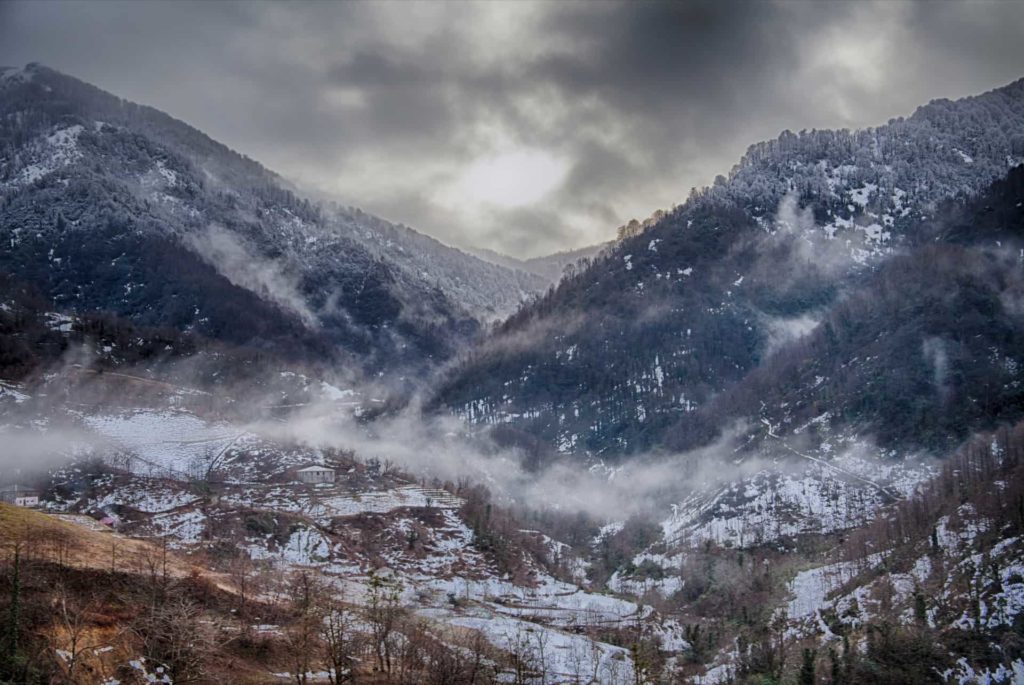
5. Arslantepe Mound (Turkey)
“Arslantepe Mound is a 30-metre-tall archaeological tell located in the Malatya plain, 12 km south-west of the Euphrates River. Archaeological evidence from the site testifies to its occupation from at least the 6th millennium BCE up until the late Roman period.” See more photos →
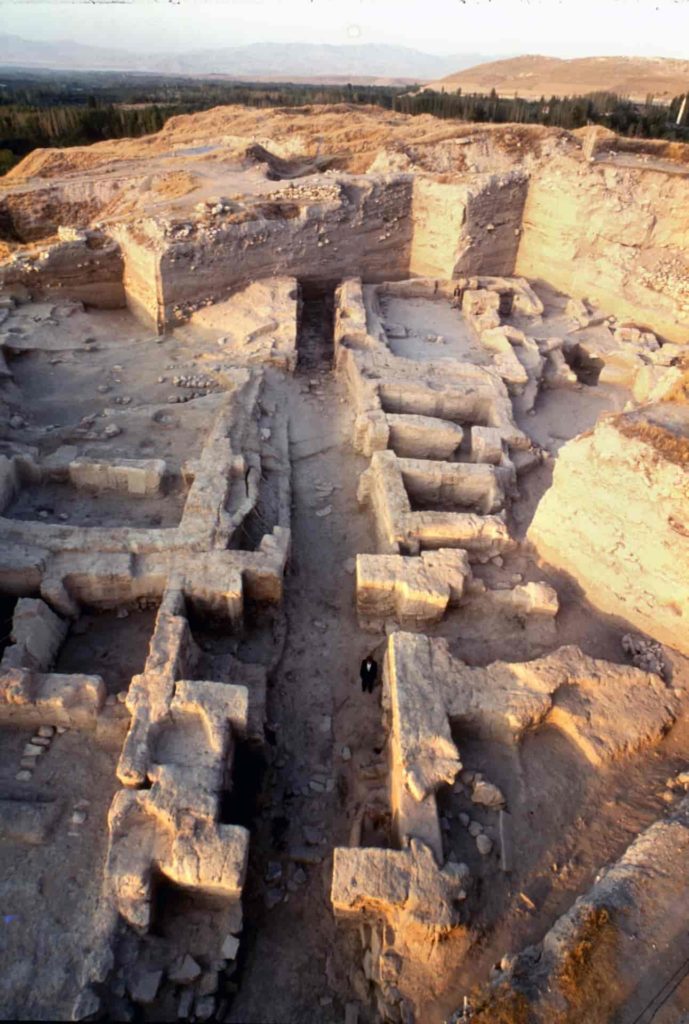
6. Dutch Water Defence Lines (Netherlands)
The significant boundary modification of the property first inscribed in 1996 stretches from the IJsselmeer at Muiden to the Biesbosch estuary at Werkendam. This modification adds the New Dutch Waterline to the existing Defence Line of Amsterdam World Heritage site. See more photos →
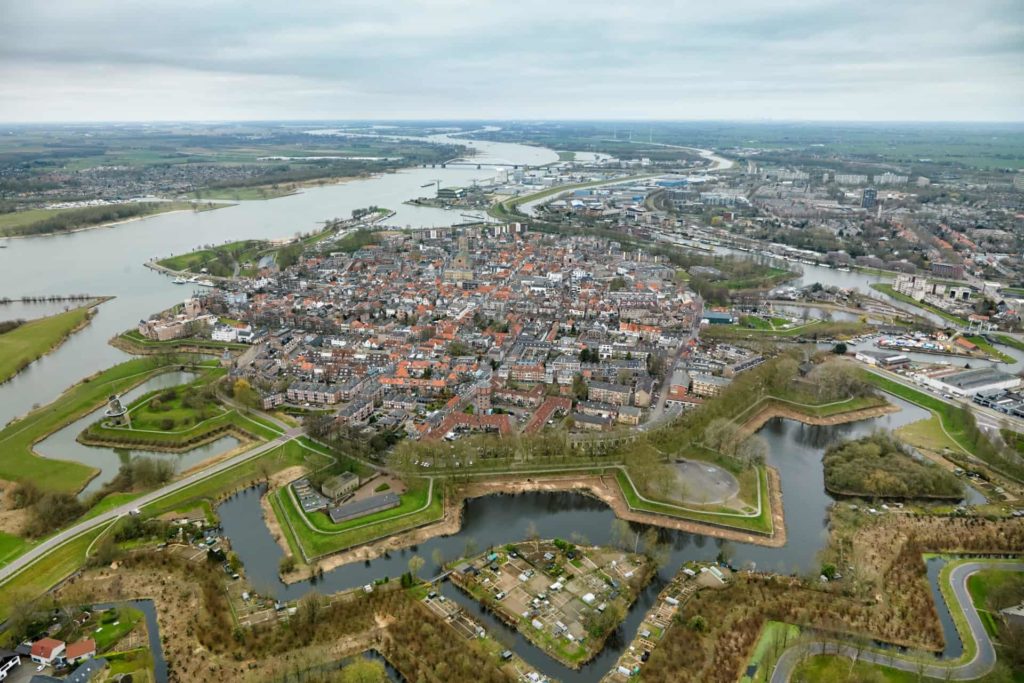
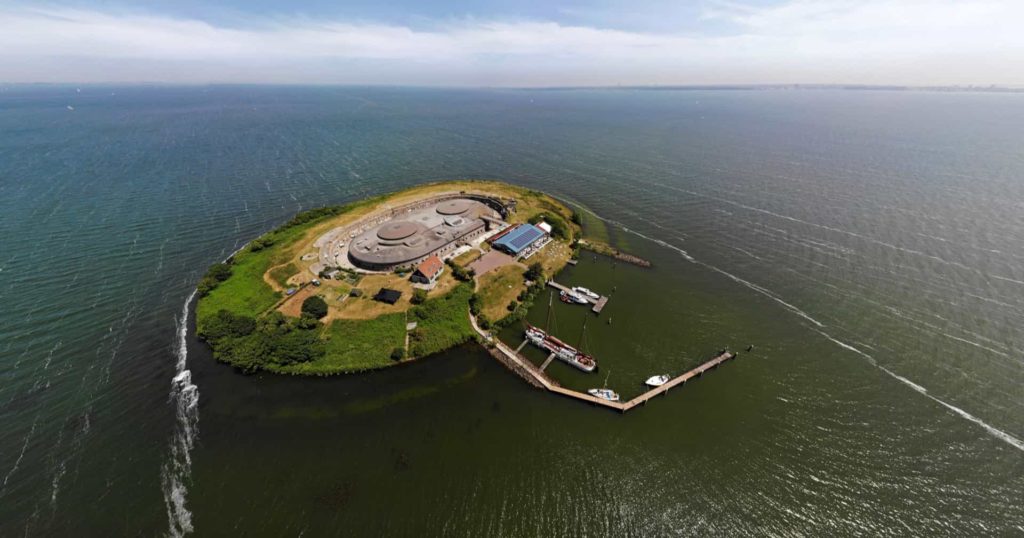
7. The transnational site of Colonies of Benevolence (Belgium and Netherlands)
The property includes four settlements; one in Belgium and three in The Netherlands. Established in 1818, Frederiksoord (the Netherlands) is the earliest of these colonies. At their peak in the mid-19th century, over 11,000 people lived in such colonies in the Netherlands. See more photos →
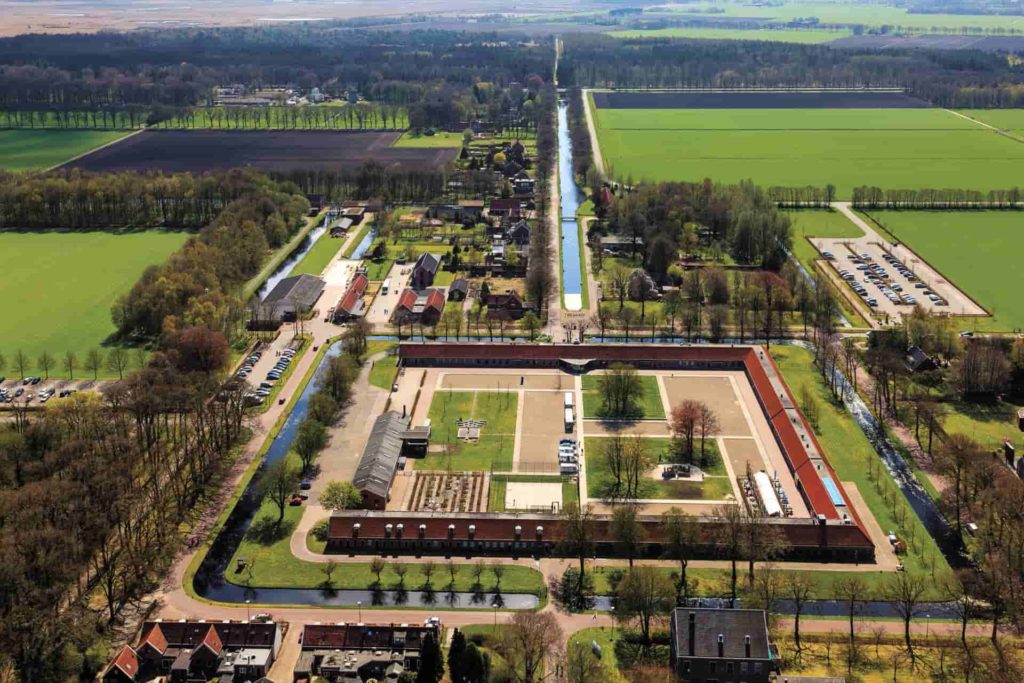
8. Dholavira, a Harappan City (India)
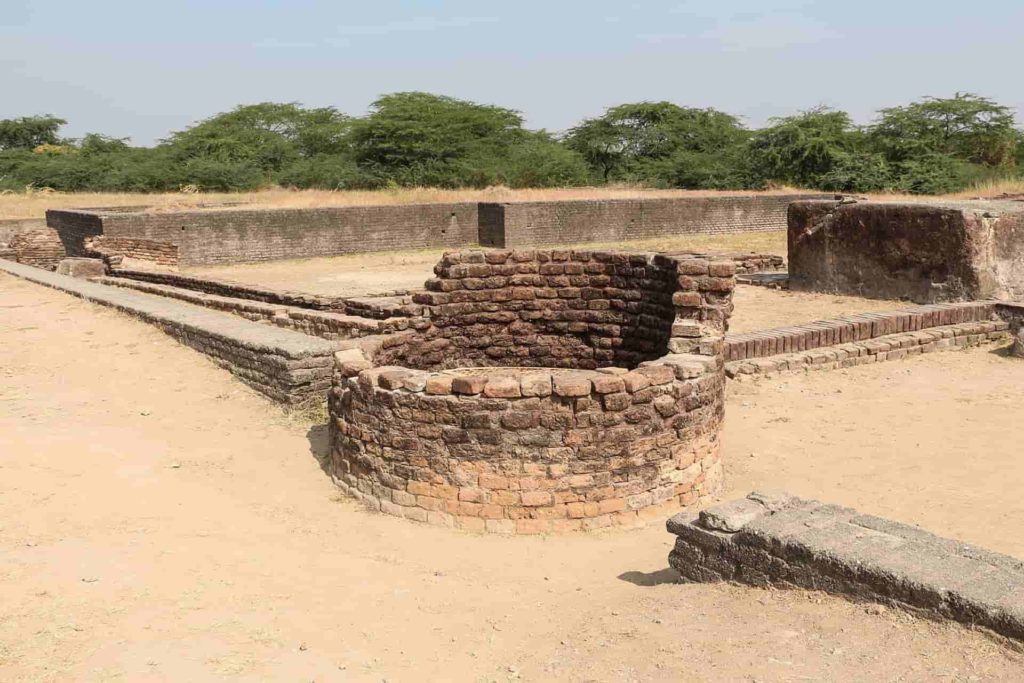
9. Hawraman/Uramanat (Iran)
The village is built on a steep slope overlooking the “Takht mountain”. Because of this, the residential area of the village is quite dense and creates a magnificent feature that the town is well-known for: the roof of each house serves as the yard of the house that is higher on its hillside. See more photos →
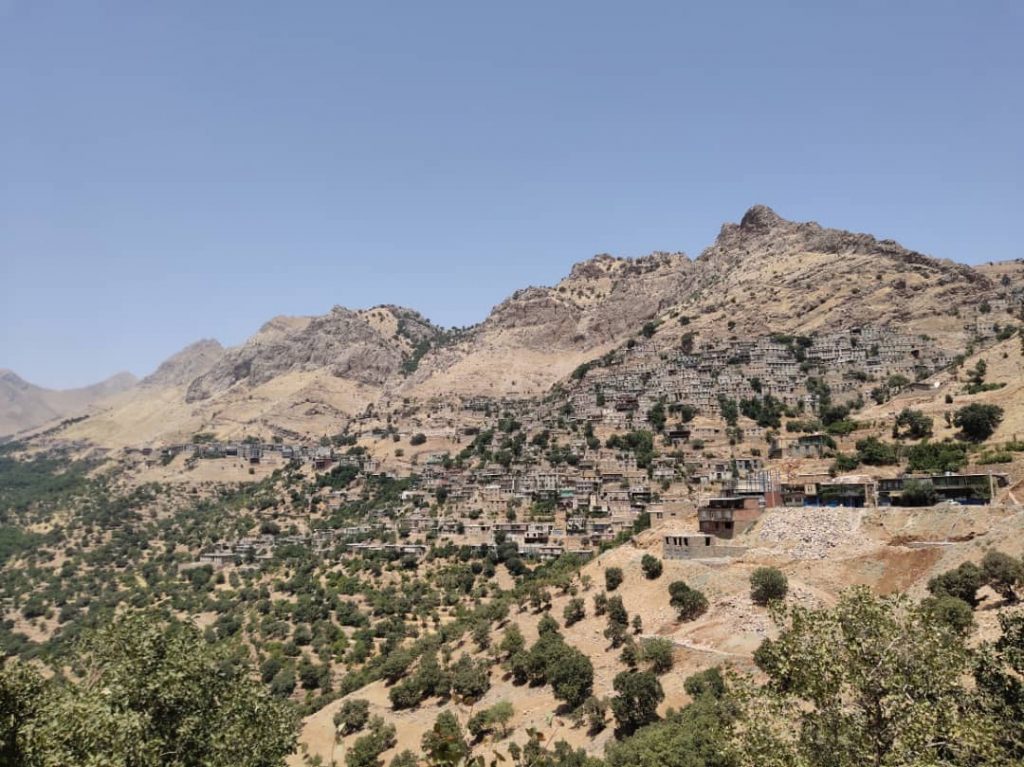
10. Japan, Jomon Prehistoric Sites in Northern Japan
This property consists of 17 archaeological sites in the southern part of Hokkaido Island and northern Tohoku. They bear a unique testimony to the development over some 10,000 years of the pre-agricultural yet sedentary Jomon culture and its complex spiritual belief system and rituals. See more photos →

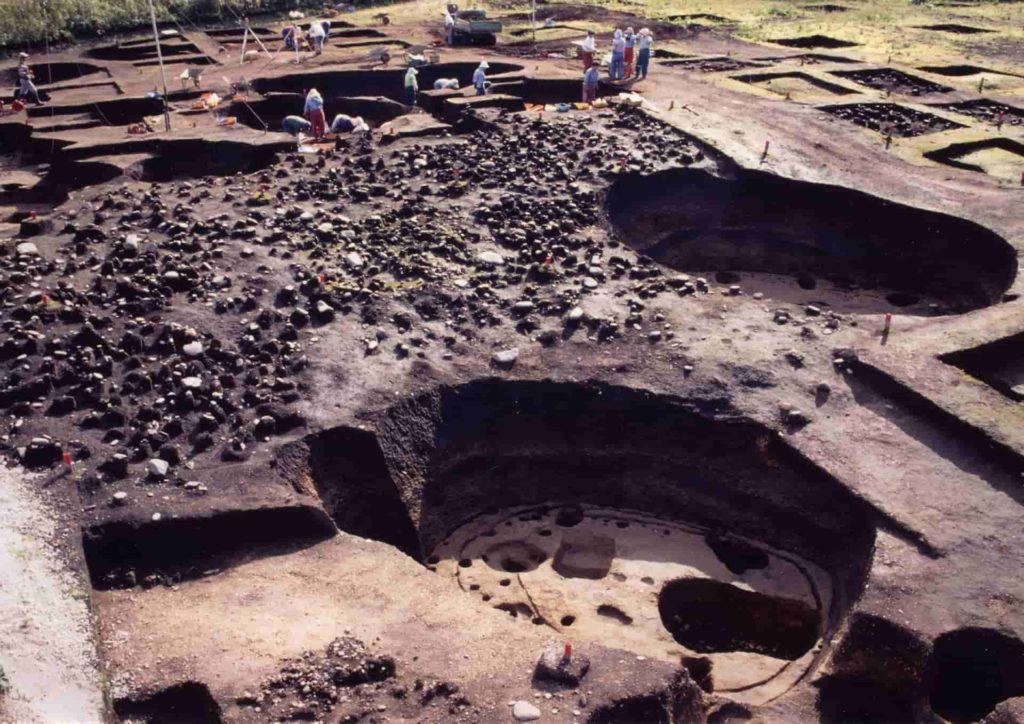
11. Romania, Roșia Montană Mining Landscape
Roman gold mining complex in west of Romania is the most significant and technically diverse underground gold mine known at the time of inscription. Over 166 years starting in 106 CE, Romans extracted some 500 tonnes of gold from the site developing highly engineered works, different types of galleries totalling 7km. See more photos →
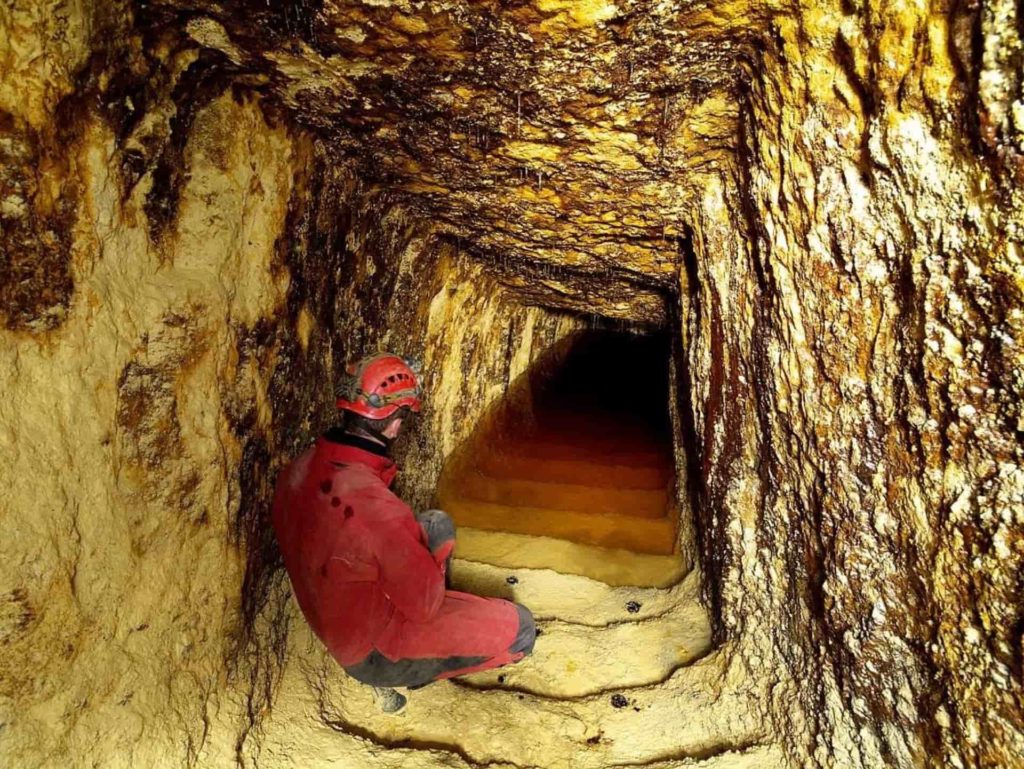
12. Jordan, As-Salt – The Place of Tolerance and Urban Hospitality
The city of As-Salt was an important trading link between the eastern desert and the west during the last 60 years of the Ottoman period. The site’s urban core includes approximately 650 significant historic buildings exhibiting a blend of European Art Nouveau and Neo-Colonial styles. See more photos →
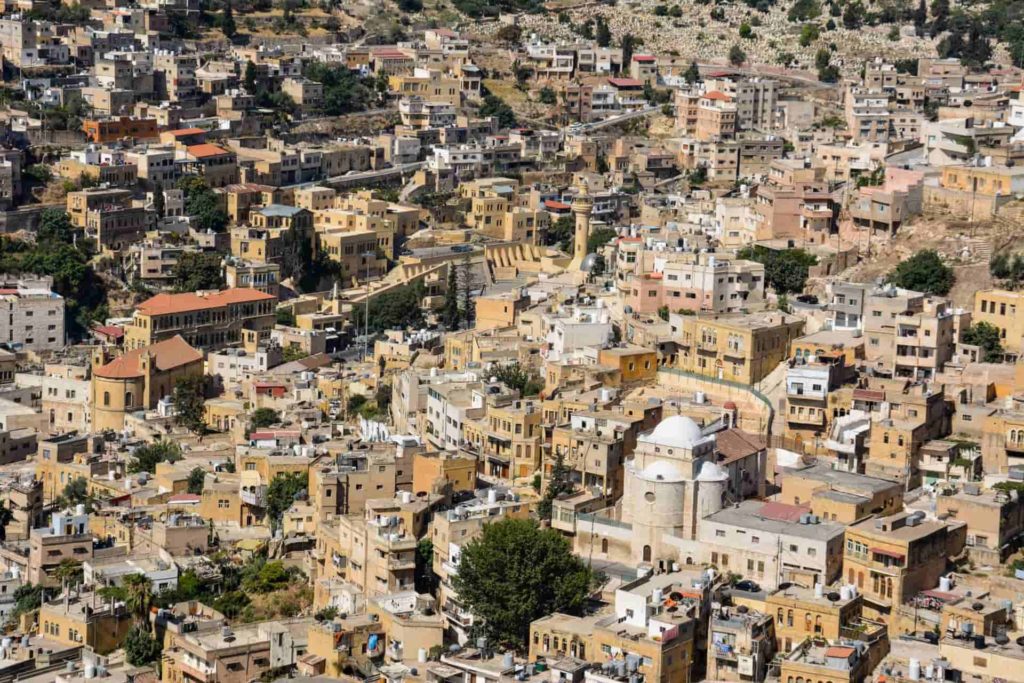
13. Côte d’Ivoire, Sudanese style mosques in northern Côte d’Ivoire
Eight mosques in Côte d’Ivoire are the best conserved of 20 that remain in the region. The style is thought to have originated around the 14th century in the town of Djenné, then part of the Empire of Mali. See more photos →
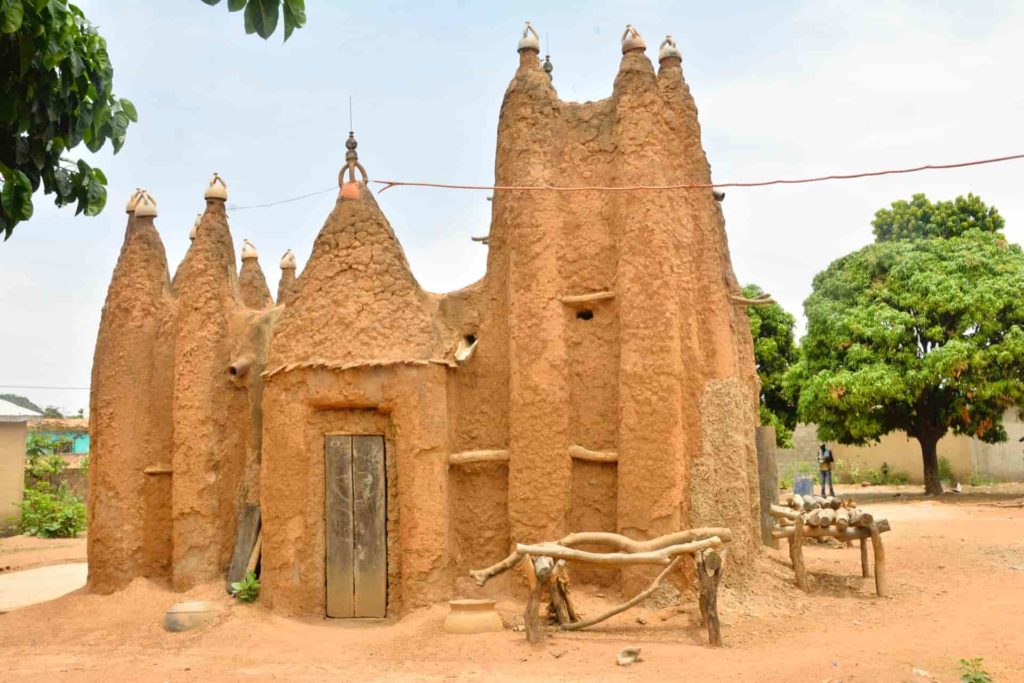
14. France, Nice, Winter Resort Town of the Riviera
Nice, near the Italian border, has been a winter resort since the 18th century. The Camin dei Inglesi, a 2-metre wide path along the sea shore, was expanded to become a promenade in 1860 after the city was ceded to France. See more photos →
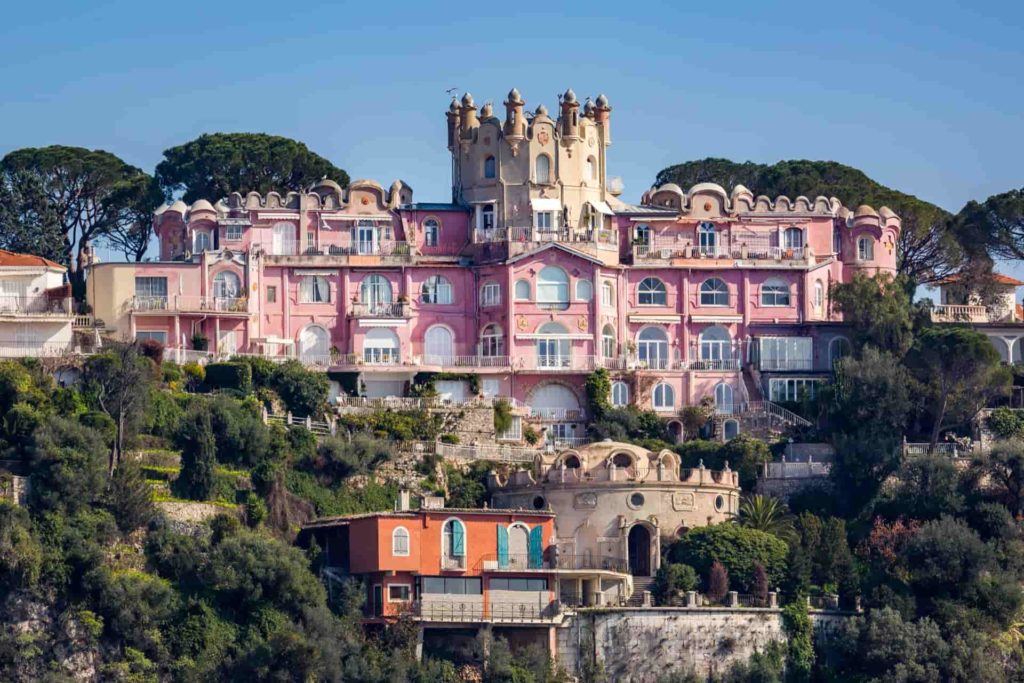
15. Brazil, Sítio Roberto Burle Marx
Sítio Roberto Burle Marx is the first modern tropical garden to be inscribed on the World Heritage List. The site embodies a successful project developed over more than 40 years by landscape architect and artist Roberto Burle Marx (1909-1994) using native plants. See more photos →
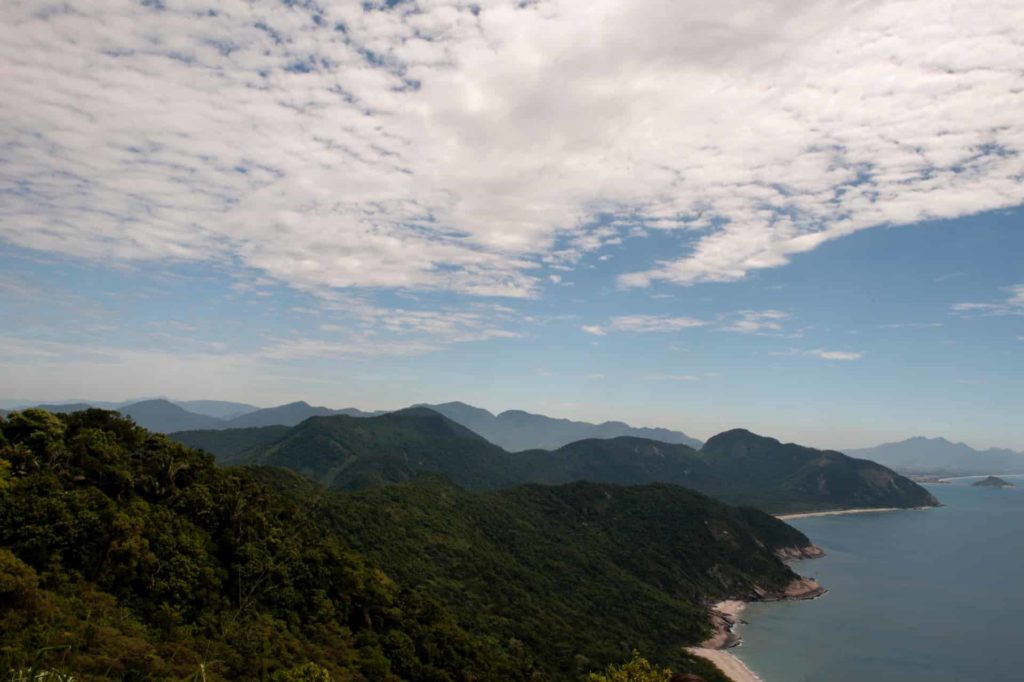
16. Peru, Chankillo Archaeoastronomical Complex
The Chankillo Archaeoastronomical Complex is a prehistoric site (250-200 BC), located on the north-central coast of Peru. It comprises a set of constructions in a desert landscape that, together with natural features, functioned as a calendrical instrument. See more photos →
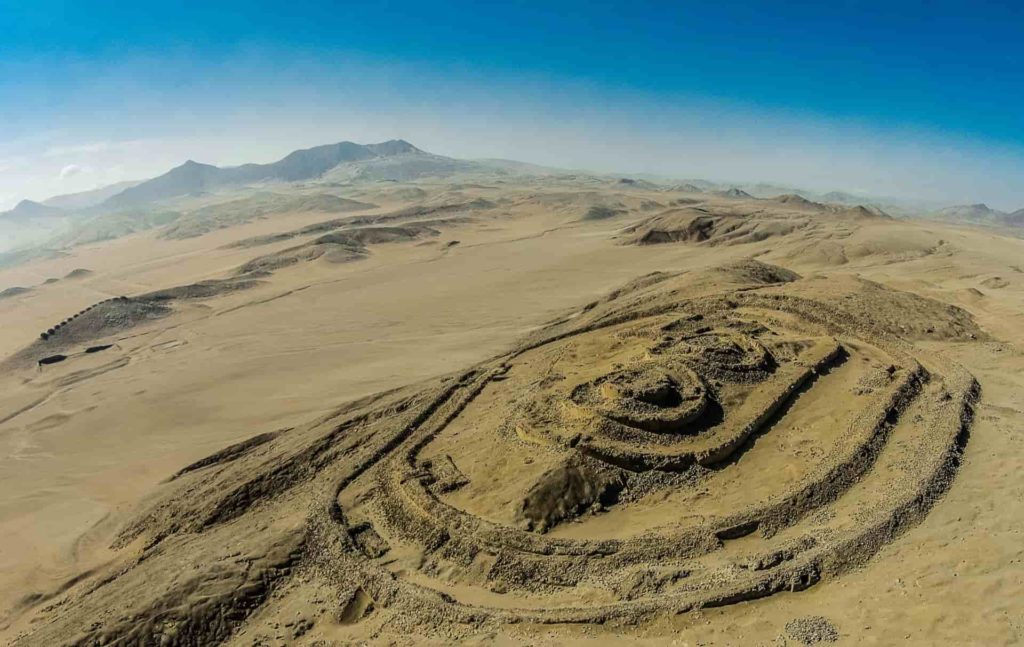
17. Uruguay, The work of engineer Eladio Dieste: Church of Atlántida
With its belfry and underground baptistery the Church of Atlántida is located 45 km away from Montevideo. Inspired by Italian paleo-Christian and medieval religious architecture, the modernistic Church complex was inaugurated in 1960. The church features distinctive undulating walls supporting a similarly undulating roof. See more photos →
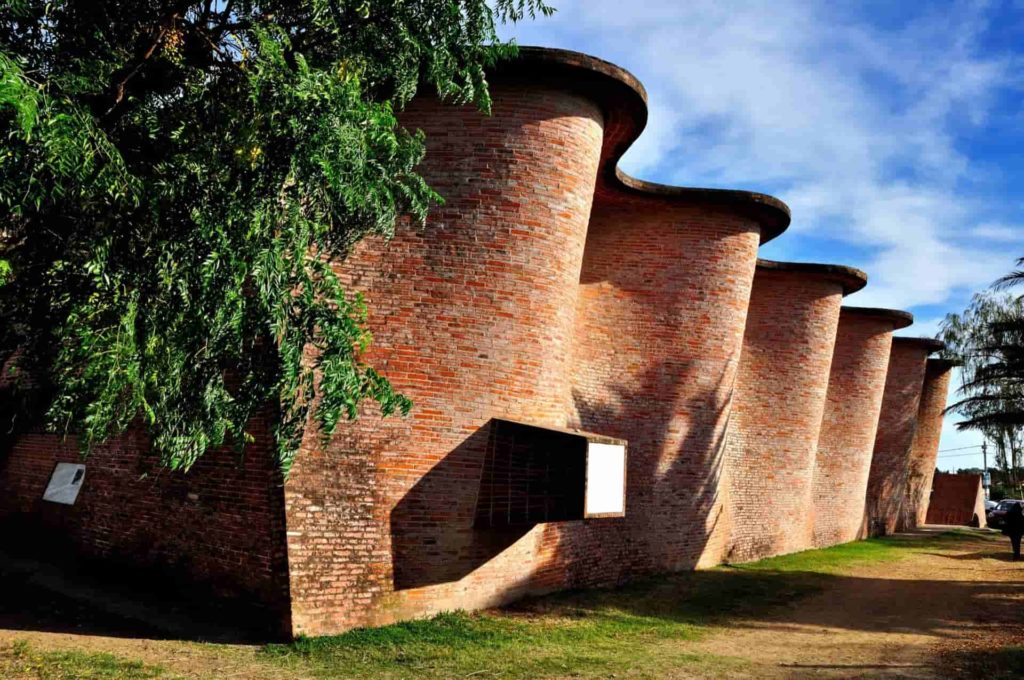
18. Chile, Settlement and Artificial Mummification of the Chinchorro Culture in the Arica and Parinacota Region
The Chinchorro culture lived in Chile from approximately 5450 BCE to 890 BCE. The property presents the oldest known evidence of the artificial mummification of bodies with cemeteries that contain both artificially mummified bodies and some that were preserved due to environmental conditions. See more photos →
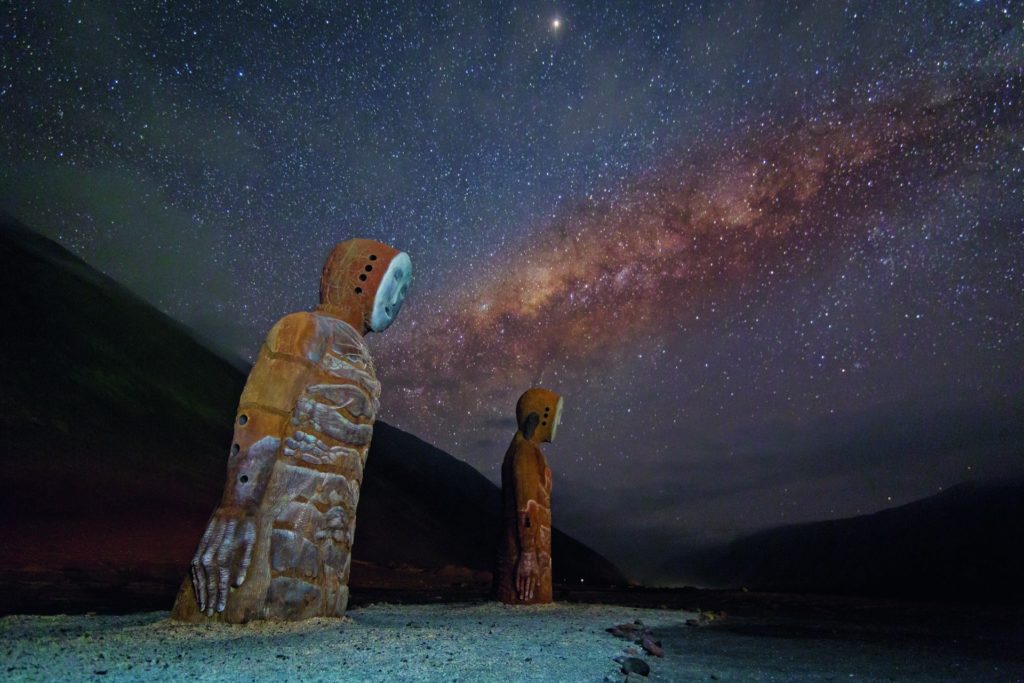
Other sites that made into the World Heritage list included:
- 19. Germany / Netherlands, Frontiers of the Roman Empire – The Lower German Limes
- 20. Germany, ShUM Sites of Speyer, Worms and Mainz
- 21. Mexico, Franciscan Ensemble of the Monastery and Cathedral of Our Lady of the Assumption of Tlaxcala [extension of “Earliest 16th-Century Monasteries on the Slopes of Popocatepetl”, inscribed in 1994]
- 22. Italy, The Porticoes of Bologna
- 23. Slovenia, The works of Jože Plečnik in Ljubljana – Human Centred Urban Design
- 24. United Kingdom of Great Britain and Northern Ireland, The Slate Landscape of Northwest Wales
- 25. Russian Federation, Petroglyphs of Lake Onega and the White Sea
- 26. Gabon, Ivindo National Park
- 27. Bosnia and Herzegovina / Czechia / France / Italy / North Macedonia / Poland / Slovakia / Switzerland, Ancient and Primeval Beech Forests of the Carpathians and Other Regions of Europe [extension of “Ancient and Primeval Beech Forests of the Carpathians and Other Regions of Europe”, inscribed in 2007, extensions in 2011 and 2017]
Here is a full list of all the sites that made it into the World Heritage List.

